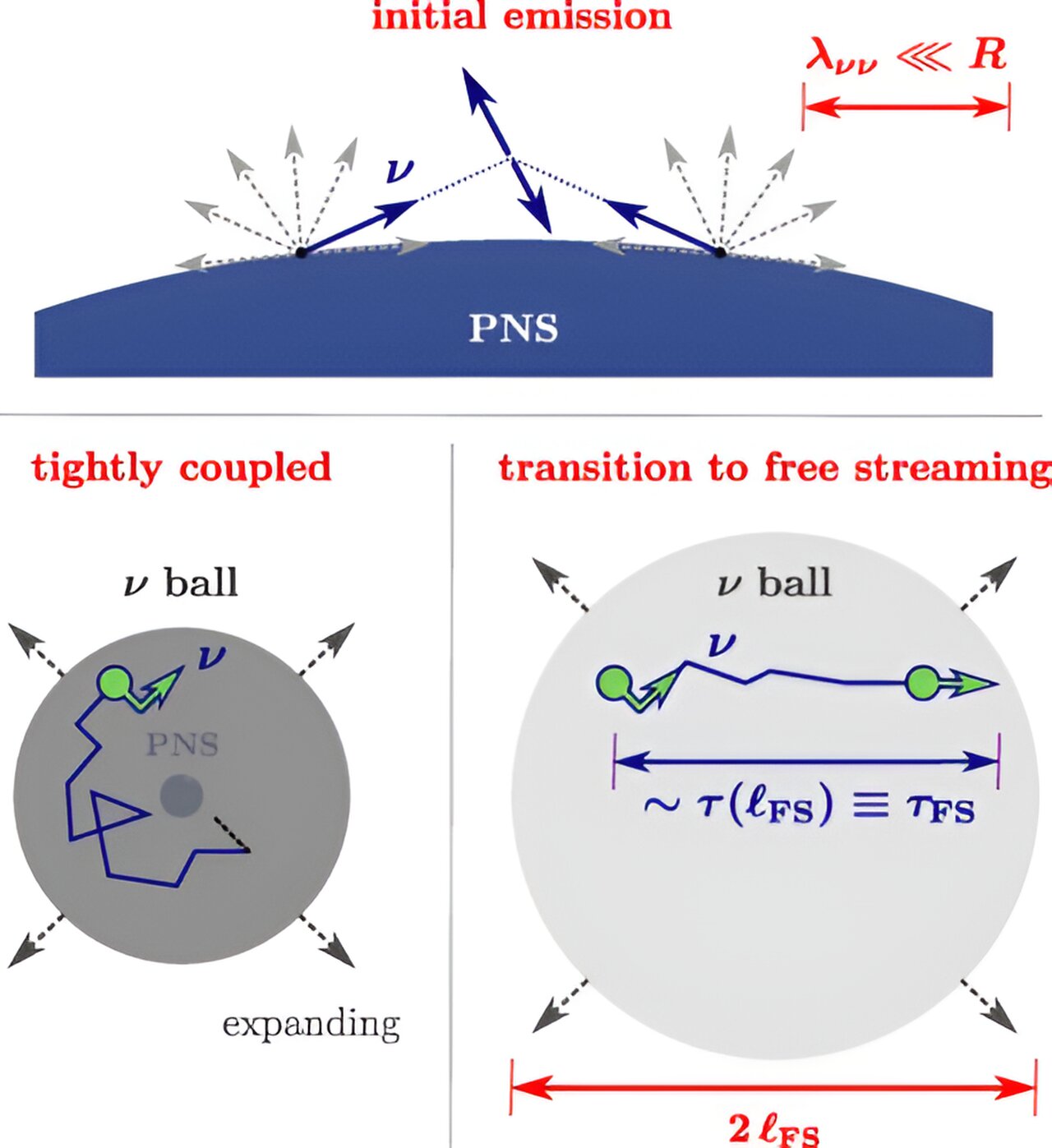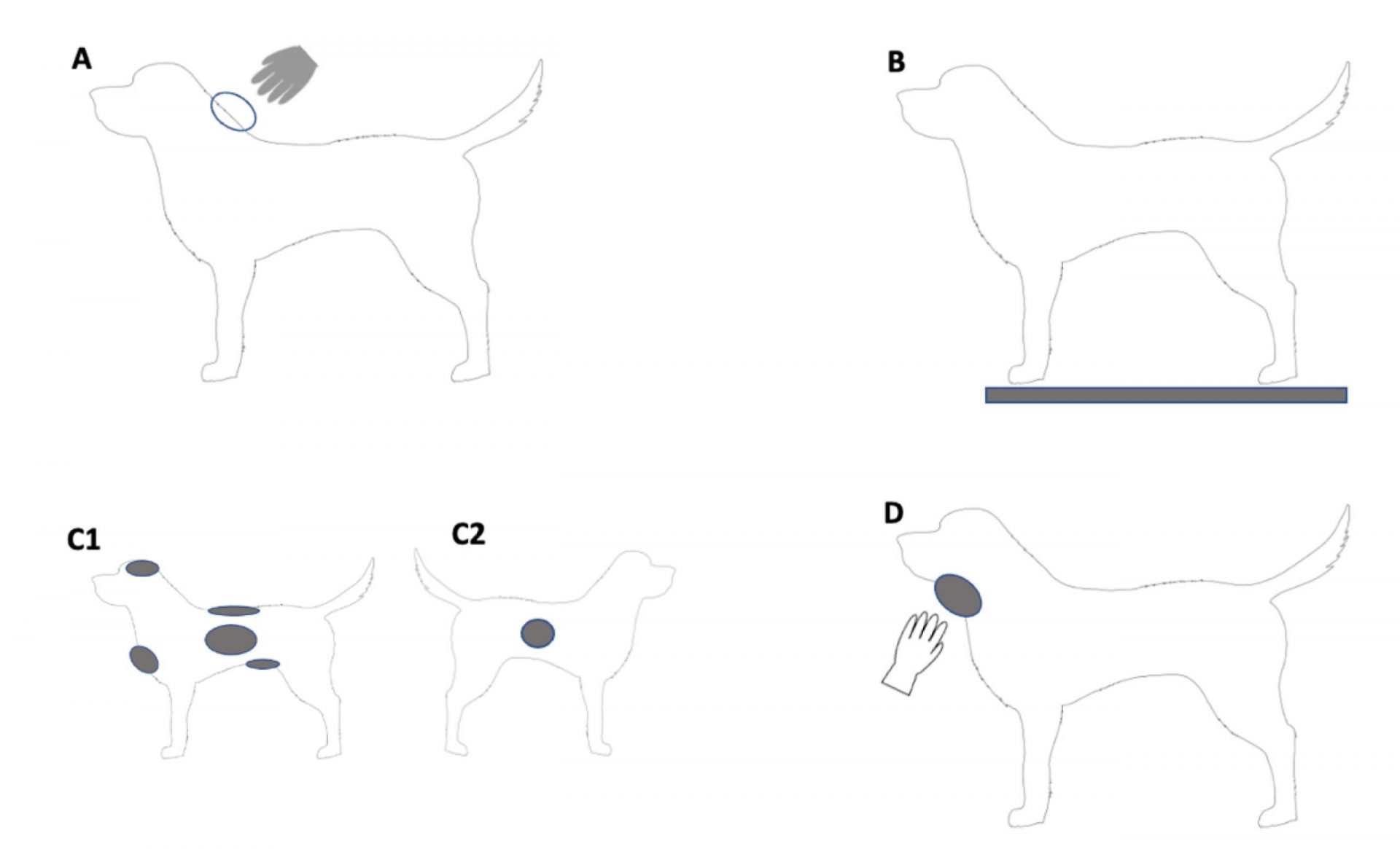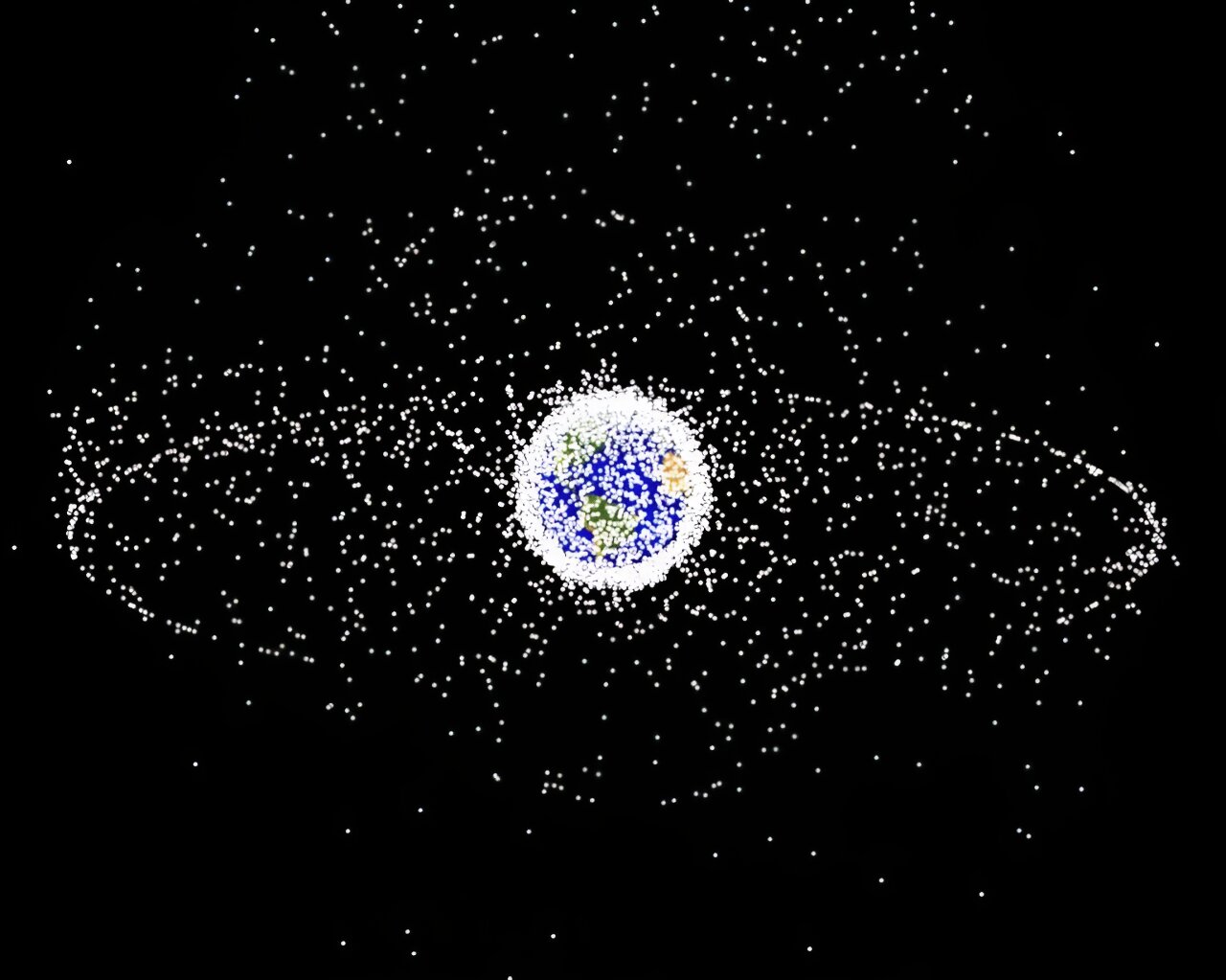In a groundbreaking study, researchers have made a significant leap forward in understanding the mysterious interactions of neutrinos, subatomic particles, by studying exploding stars. Neutrinos, which rarely interact with normal matter, travel invisibly through the universe at incredible speeds. Despite their elusiveness, these ghostly particles outnumber all the atoms in existence. However, due to their low mass and lack of electric charge, studying them has proven to be extremely challenging.
Published in the journal Physical Review Letters, a team of scientists from The Ohio State University has developed a new framework that explores how supernovae, massive explosions that mark the end of dying stars, can be used to study the self-interactions of neutrinos and their impact on the universe. “Neutrinos have very limited interactions with ordinary matter, making them difficult to detect and study,” said Po-Wen Chang, lead author of the study. “That’s why we turn to astrophysics and cosmology to uncover fascinating phenomena about them.”
Neutrinos, believed to have played a crucial role in the formation of the early universe, continue to puzzle scientists. Although their sources have been identified, such as nuclear reactors and dying stars, understanding their behavior remains a challenge. By analyzing the effects of self-interactions on the neutrino signal from Supernova 1987A, the closest supernova observed in modern times, researchers discovered that when neutrinos interact with themselves, they form a tightly coupled fluid that expands under relativistic hydrodynamics.
The study presents two scenarios: a “burst outflow” and a “wind outflow.” In the burst outflow, a burst of energy pushes the neutrino fluid in all directions, similar to popping a highly pressurized balloon in space. The wind outflow, on the other hand, envisions a constant flow of neutrinos escaping from multiple nozzles, resembling a steady jet of wind. While the wind-outflow theory is more likely, the burst case could lead to the detection of new observable neutrino signatures emitted from supernovae, providing unprecedented insights into neutrino self-interactions.
Understanding these mechanisms is crucial because if neutrinos act collectively as a fluid, it could have significant implications for the physics of supernovae. However, whether these changes are solely due to the burst case or the outflow case remains uncertain. “The dynamics of supernovae are complex, but this result is promising because it opens up new possibilities for understanding how they work,” said Chang.
Further research is needed to determine if the burst case occurs in supernovae. Despite the uncertainties, this study represents a major milestone in unraveling the long-standing astrophysical question of how neutrinos scatter when ejected from supernovae. “This problem has remained unsolved for 35 years,” said John Beacom, co-author of the study. “Although we haven’t completely solved it, we have made significant progress.”
In the future, the team hopes their findings will pave the way for further investigations into neutrino self-interactions. However, since only a few supernovae occur in the Milky Way every century, researchers may have to wait decades to gather enough new neutrino data to validate their ideas. “We’re always hoping for another galactic supernova to occur soon, but in the meantime, we’ll continue building on our knowledge as much as possible,” said Chang.








